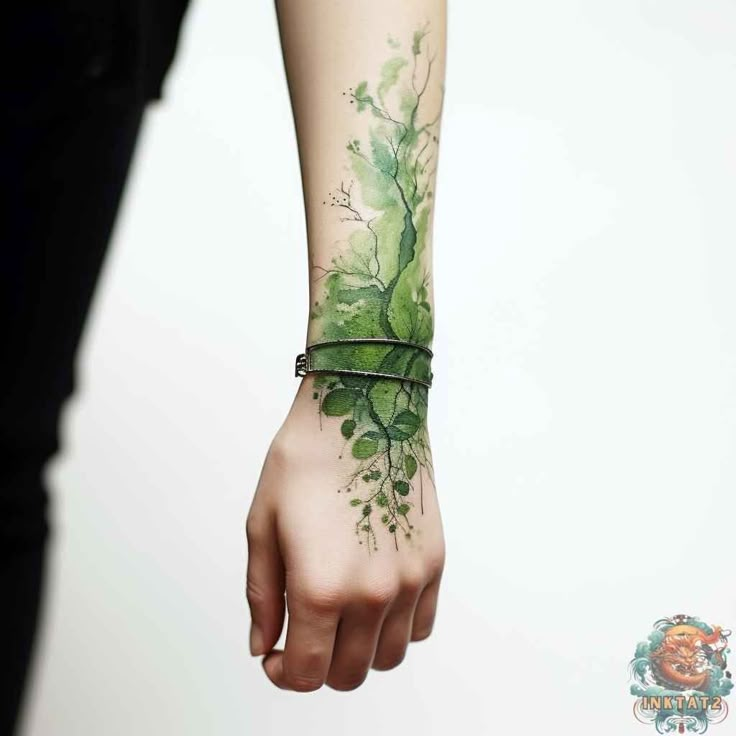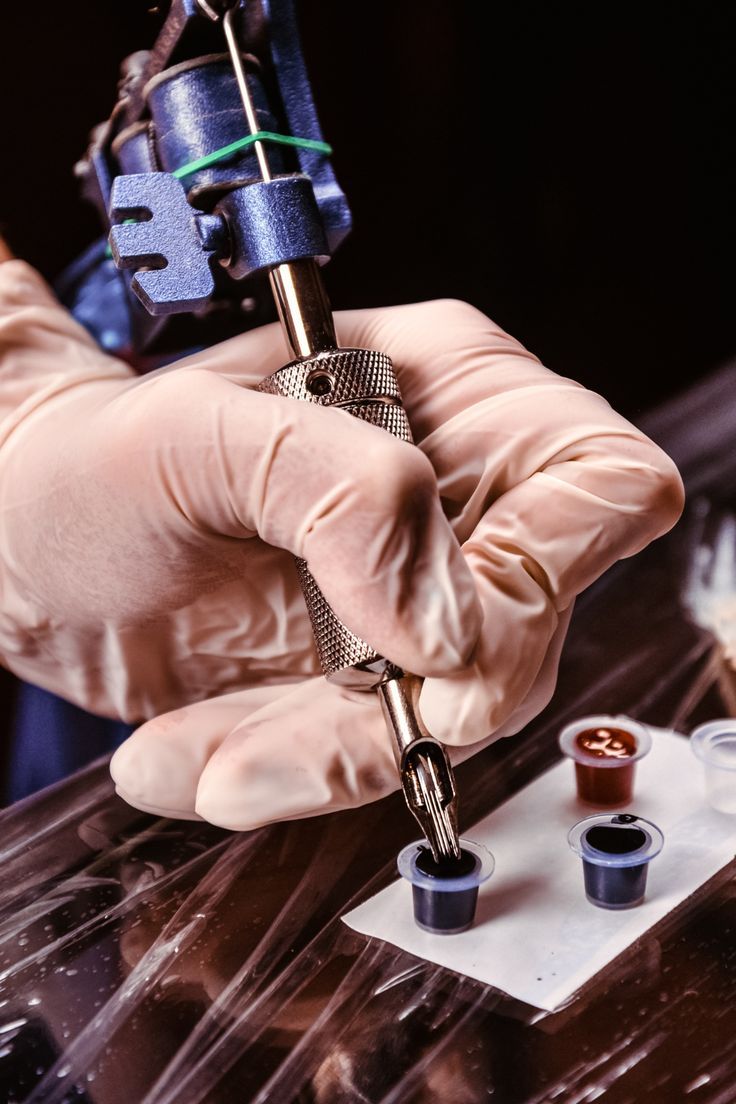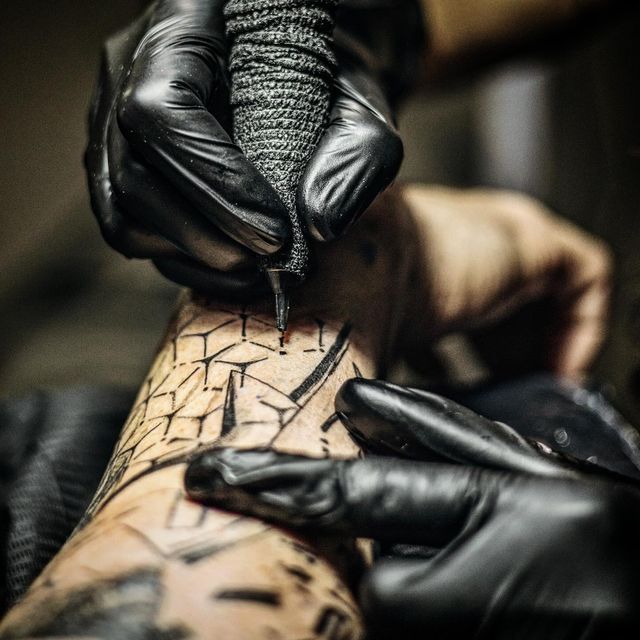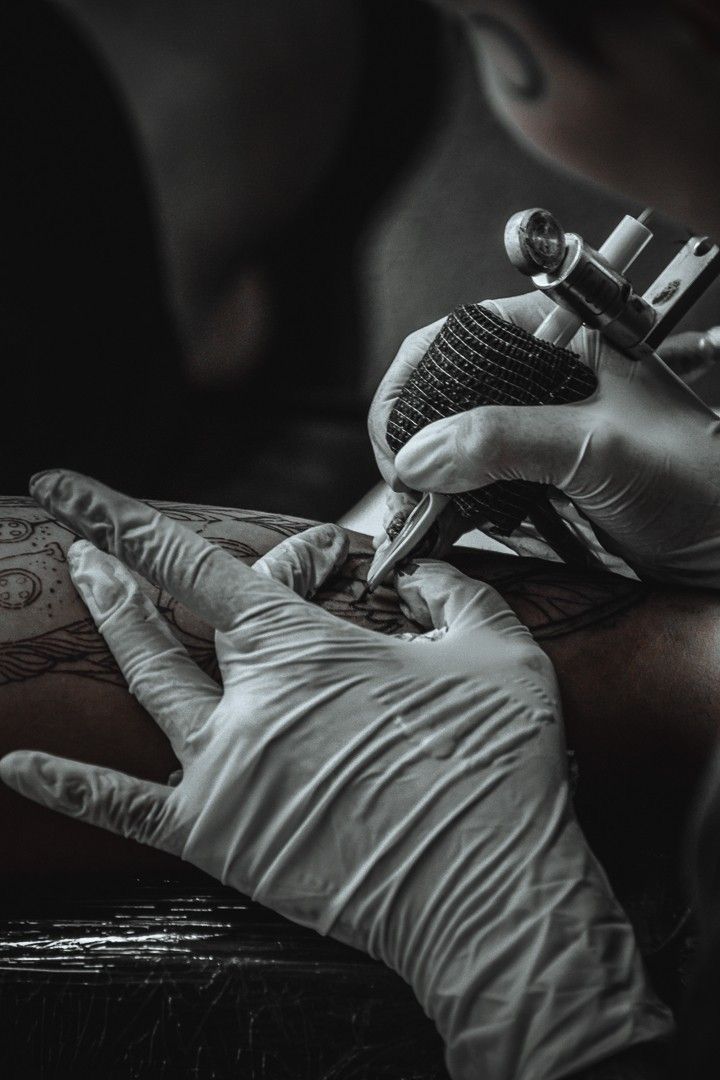Why Tattoo Ink Turns Green Over Time

If you’ve noticed your tattoo changing color, especially turning green, you’re not alone. It’s a common concern among people with older tattoos. But don’t worry—it’s usually not a sign of anything dangerous. In this blog, we’ll explore why tattoos change color, especially why they turn green, and how you can prevent or fix it.
Many tattoos, especially older ones, are prone to color changes as they age. This color shift, often turning black ink into a bluish-green hue, can surprise many people. Understanding the science and art behind this process can help you manage expectations and take better care of your body art.
Science Behind Tattoos Turning Green
To understand why tattoos turn green, we need to look at the science behind tattoo ink and your skin.
Tattoo ink sits in the second layer of your skin, called the dermis. The outer layer, the epidermis, constantly renews itself, which is why tattoos are placed deeper. However, the dermis also changes slowly over time, and your immune system continuously breaks down and removes foreign substances, including tattoo pigments.
In the past, tattoo artists used carbon-based black inks that weren’t as stable as modern inks. These older inks often had a green or blue base. So, as the top layer of the skin fades or ages, the green undertone becomes more visible.
Even in newer tattoos, the body gradually breaks down pigment particles. As the heavier particles settle and lighter ones disperse, the deeper colors (like green or blue) can become more apparent over time.
How Ink Composition Affects Tattoo Color
The type of ink used in your tattoo plays a big role in how it ages. Tattoo ink isn’t made from a single ingredient. It’s a mix of pigments, carriers (like water or alcohol), and other compounds.
Many black inks are actually dark blues or greens at their base. When your skin heals and the tattoo ages, the black fades, leaving behind the base pigment—often green.
Older inks used metal-based pigments, such as iron oxide and copper salts. These weren’t as stable or long-lasting. Modern tattoo inks are better formulated and regulated, but not all artists use the same quality.
Always ask your tattoo artist about the ink quality and ingredients before getting inked. Professional studios usually invest in high-grade pigments that age better and more predictably than cheap alternatives.
Old Tattoo Turning Green? Here’s Why
If your tattoo is more than 10 years old and turning green, it’s mostly due to fading, ink breakdown, and exposure to sunlight.
As your skin regenerates and exfoliates over the years, the top layers of ink break down. Sunlight especially breaks down black ink faster. The result? The dark lines fade, and the hidden green tones become more visible.
It doesn’t mean your tattoo was done badly. It’s just part of the natural aging process of tattoos, especially with older ink types. Other factors like your skin tone, aftercare routine, and even diet and lifestyle can subtly affect how your ink looks over the years.
Tattoo Aging and Color Change Explained
Tattoos don’t stay the same forever. Like everything else, they age with time. Here are the main reasons they change color:
- Sun exposure: UV rays break down pigments.
- Skin changes: As your skin ages, it becomes thinner and less elastic.
- Ink type: Some inks fade faster than others.
- Body response: Your immune system slowly breaks down foreign materials, including tattoo ink.
This slow process causes tattoos to lose sharpness, brightness, and original color. That’s why a black tattoo might look green or blue years later.
Proper skincare, including sun protection and moisturizing, can slow this process. However, no tattoo remains untouched by time.
Preventing Tattoos from Turning Green
Good news—you can reduce the chances of your tattoo turning green. Here’s how:
- Use sunscreen: Always apply SPF 30 or higher on your tattoo when it’s exposed to sunlight.
- Choose quality ink: Ask your artist about the inks they use and do your own research.
- Moisturize: Keeping your skin hydrated helps the ink stay vibrant.
- Avoid cheap tattoo studios: Low-cost often means low-quality ink and equipment.
- Stay healthy: A strong immune system and good skin care help keep your tattoo vibrant.
- Follow aftercare instructions: Proper healing reduces early fading and color distortion.
Taking care of your tattoo from day one makes a big difference in how it looks years later.
Green Tattoo Fading: Causes and Fixes
So, what causes green fading, and what can you do about it?
Causes:
- UV light: Major cause of ink breakdown.
- Poor ink quality: Cheap inks fade unevenly.
- Time: Tattoos naturally fade with age.
- Skin exfoliation: Constant skin renewal affects ink depth.
Fixes:
- Touch-up: A professional tattoo artist can refresh your ink.
- Cover-up: A new tattoo can go over the old one.
- Laser removal: If you don’t want the tattoo, this is an option—but it’s costly.
- Tattoo brightening: Some products claim to enhance old tattoos, but results vary.
If your tattoo is fading to green and you want to fix it, talk to a trusted tattoo artist. They can recommend the best option for your situation.
Tattoo Color Choices That Last Longer
Some colors last longer than others. If you’re planning a tattoo and want it to stay sharp for years, choose wisely.
Best Long-Lasting Tattoo Colors:
- Black: Strong and fades slower than most.
- Dark blue: Holds up well over time.
- Dark green: More stable than light shades.
Colors That Fade Faster:
- Red: Can fade quickly and sometimes causes skin reactions.
- Yellow and white: These are the quickest to fade.
- Light blues and pinks: Often lose vibrancy in a few years.
Choosing bold, dark colors is your best bet for a long-lasting tattoo. Also, placement matters. Tattoos in areas that rub often (like fingers or wrists) tend to fade quicker.
Black Ink vs. Green Tint in Tattoos
Ever wonder why black ink turns green but not other colors? Here’s why.
Black ink is made from a mix of pigments. Some older black inks were really dark blues or greens. Over time, the top dark layer breaks down and reveals the undertone—usually green.
Modern black inks are more refined, but even they can show some color shift over time.
To avoid this:
- Ask for high-quality carbon black ink.
- Keep the tattoo out of direct sunlight.
- Avoid overly detailed blackwork in areas that rub or stretch often (like wrists or ankles).
A good tattoo artist knows which black inks age the best, so don’t be afraid to ask questions before your appointment.
How to Fix a Tattoo That Turns Green
If your tattoo has already turned green and you want to fix it, don’t panic. There are several ways to bring it back to life.
1. Touch-Up
A skilled tattoo artist can go over the faded parts with fresh ink. This brightens your tattoo and restores the original look.
2. Cover-Up
If you’re unhappy with the design or color, a cover-up tattoo is a great option. It takes creativity, but many artists specialize in this. Darker colors can easily mask greenish hues.
3. Laser Removal
For those who want the tattoo completely gone, laser removal breaks down ink particles so your body can absorb them. It takes time and multiple sessions, but it’s effective.
4. Tattoo Brightening Products
Some creams claim to enhance faded tattoos. These might help slightly, but don’t expect miracle results.
5. Start Fresh
Sometimes, the best fix is starting with a new tattoo in a better spot with better ink.
Talk to an experienced tattoo artist about the best route for your specific case.
Final Thoughts
Tattoos turning green is common and usually not a big deal. It happens over time, especially with older tattoos and low-quality ink. But with the right care, you can prevent it—or fix it if it already happened.
The key takeaway? Choose a skilled tattoo artist, ask about ink quality, protect your tattoo from the sun, and keep your skin healthy. Your tattoo is an investment in your body’s art—treat it well, and it’ll stay beautiful for years to come.
FAQs
1. Why do black tattoos turn green?
Black tattoo ink often contains blue or green pigments as a base. Over time, as the darker pigments fade due to sun exposure and skin aging, the underlying green or blue tones become more visible. This is especially common with older or lower-quality inks.
2. Why does my tattoo turn green after a year?
If your tattoo is turning green within the first year, it could be due to fading from sun exposure, poor aftercare, or the use of low-quality ink. Early green tinting can also happen if the ink was not deposited deep enough in the skin.
3. Can I prevent my tattoo from turning green?
Yes! Use sunscreen on your tattoo daily, keep your skin moisturized, and avoid harsh exfoliation. Choosing a reputable artist who uses high-quality ink also helps prevent color changes.
4. Is it bad if my tattoo turns green?
No, it’s not harmful. A tattoo turning green is usually a normal aging process, especially with older black inks. However, if you notice sudden color changes along with irritation or swelling, it’s best to consult a dermatologist.
5. Can green tattoos be fixed or covered up?
Absolutely. A tattoo artist can touch up the faded areas or create a cover-up design. In more severe cases, laser removal might be used to lighten the green tint before re-inking.
6. Do all tattoo colors fade to green?
No, only certain black inks with green or blue bases tend to fade that way. Other colors fade differently—red may turn pink or brown, and yellow often fades completely.
7. Are newer tattoo inks less likely to turn green?
Yes. Modern inks are more stable, better tested, and less likely to shift in color over time. Choosing a professional studio that uses high-quality pigments can reduce the chance of green fading.




